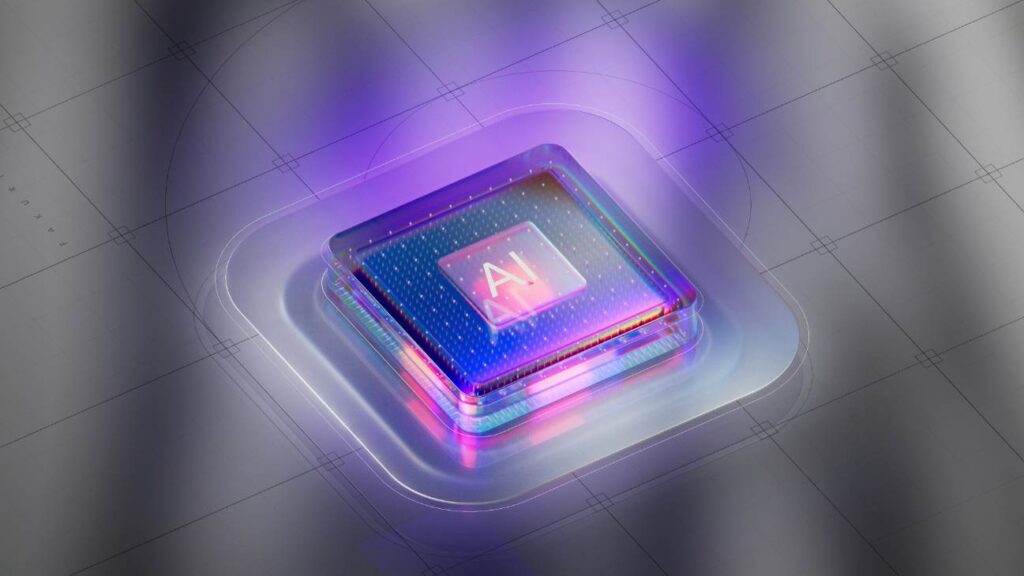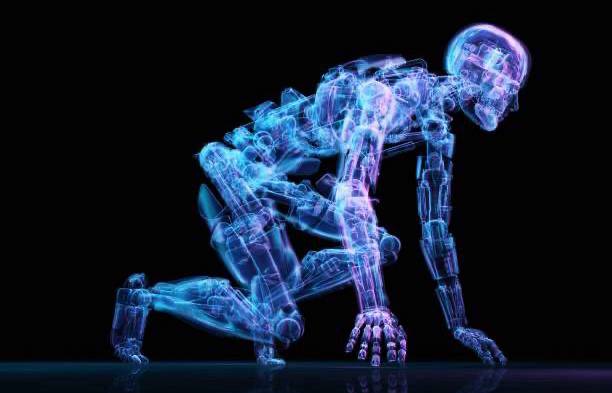The landscape of technology is evolving rapidly, ushering in an era where artificial intelligence (AI) is becoming an integral part of our daily lives, particularly through the development of AI-based operating systems (AIOS). This article explores the current news and trends surrounding AIOS within the realms of edge computing and wearable technology, delving into industry applications, technical insights, and real-world use cases that demonstrate their transformative potential.
As organizations increasingly leverage AI to optimize workflows, reduce latency, and enhance user experiences, the emergence of AI-based operating systems represents a significant milestone in the integration of AI into computing environments. AIOS are uniquely tailored to operate efficiently on edge devices, bringing computational power and intelligence closer to where data is generated.
The concept of edge computing centers on processing data near the source rather than relying on a centralized cloud. This paradigm shift is particularly crucial as the Internet of Things (IoT) proliferates. The synergy between edge computing and AI delivers impressive benefits regarding speed, efficiency, and real-time decision-making capabilities. With AIOS specifically designed for edge scenarios, businesses can streamline operations while minimizing the bandwidth and energy requirements associated with data transmission.
One of the most promising areas for AIOS is in wearable technology. Wearables, like smartwatches and health monitors, require immediate processing capabilities to provide users with timely insights and feedback. By employing AI-powered operating systems, wearables can analyze data in real time, adapt to the user’s behavior and preferences, and offer personalized recommendations that significantly enhance user engagement.
**AIOS: Transforming the Edge Computing Landscape**
AIOS have revolutionized how devices handle tasks at the edge, integrating machine learning algorithms that can learn from incoming data streams, identify patterns, and make predictive analyses. The capacity of AIOS to make intelligent decisions in real time is a game-changer for many industries, including healthcare, manufacturing, and transportation.
In healthcare, for instance, wearable devices equipped with AIOS can monitor vital signs, detect anomalies, and offer proactive recommendations for patient care. By processing data at the edge, AIOS eliminate latency issues associated with centralized data processing, allowing healthcare providers to respond more swiftly and accurately to patient needs.
Manufacturing sectors, too, are deploying AIOS to maximize operational efficiency. AI-powered edge devices monitor machinery performance, predict equipment failures, and optimize supply chain logistics, resulting in significant cost savings and increased productivity. The Industrial Internet of Things (IIoT) is flourishing due to the synergy between AI and edge computing, with AIOS playing a pivotal role in this transformative journey.
**Trends and Solutions in AIOS Deployment**
Despite the significant advantages offered by AIOS, deployment challenges persist. Firms must navigate concerns surrounding data security, privacy issues, and integration with existing systems. However, several trends indicate that businesses are moving toward innovative solutions to overcome these hurdles.
One notable trend is the increased adoption of AIOS in hybrid environments, where organizations leverage a mix of on-premises and cloud-based solutions. This approach allows businesses to benefit from the best of both worlds—processing critical tasks at the edge while maintaining more comprehensive analytics capabilities in the cloud.
Furthermore, privacy-preserving machine learning techniques are gaining traction, allowing AIOS to learn from data without compromising sensitive user information. Techniques such as federated learning enable the training of AI models across decentralized devices while keeping local data private, addressing privacy concerns in sectors like healthcare.
The growing demand for interoperability is shaping a robust ecosystem for AIOS, with firms collaborating to create open standards and frameworks that facilitate seamless communication across devices and platforms. Initiatives such as the Edge AI Consortium are instrumental in fostering partnerships and developing shared guidelines, further driving the adoption of AI-backed solutions.
**Technical Insights: The Architecture of AI-based OS**
AI-based operating systems are designed to manage both traditional computation and the unique requirements posed by AI workloads. Their architecture typically includes several layers that facilitate efficient processing and response times. Key components include:
1. **Data Acquisition Layer**: This layer focuses on gathering data from various sensors and devices, ensuring that the information is accurate and timely.
2. **Processing Layer**: At this level, AI models are deployed to analyze incoming data streams. This layer may utilize specialized hardware like Graphical Processing Units (GPUs) or Application-Specific Integrated Circuits (ASICs) to enhance computational performance.
3. **Decision Layer**: In this layer, AIOS apply learned algorithms to generate insights or recommendations based on processed data. Importantly, this process often features real-time feedback to enable responsive actions.
4. **Interface Layer**: Finally, this layer communicates with users and external systems, providing actionable insights and promoting user engagement. Well-designed user interfaces are pivotal for effective interaction, particularly in wearable technology where immediate usability matters.
**Real-World Use Cases: AIOS Applications in Wearable Tech**
The applications of AI-based operating systems in wearables are diverse, addressing niches in fitness, health monitoring, and daily productivity.
1. **Fitness Trackers**: Wearables such as Fitbit and Garmin incorporate AIOS to analyze exercise patterns and encourage users to meet fitness goals. By monitoring heart rates, steps taken, and hours of sleep, these devices provide users with tailored recommendations, thereby fostering healthier lifestyles.
2. **Health Monitoring Devices**: Health-focused wearables, like those enabled with Apple HealthKit or Google Fit, use AIOS to monitor health metrics. AI can analyze trends in biometrics, alert users to potential health concerns, and even notify healthcare providers if needed, ultimately driving proactive healthcare management.
3. **Smart Glasses**: With applications ranging from navigation to augmented reality, smart glasses rely on AIOS for contextual information delivery. For instance, AR glasses can utilize AI algorithms to identify environmental objects, overlaying relevant data that enriches user experiences in real time.
4. **Smart Clothing**: Apparel embedded with sensors collects data on user movement and vital signs. AIOS help in processing this data, providing insights about performance, fatigue levels, and potential injury risks, marking a transformative shift in how athletes train and recover.
**Conclusion: The Future of AIOS in Edge Computing and Wearables**
The integration of AI-based operating systems into edge computing and wearable technology signifies a monumental leap towards more intelligent and responsive devices. As the demand for real-time processing and smart decision-making intensifies across various industries, AIOS will continue to evolve, offering innovative solutions that reshape how we interact with technology.
With ongoing developments addressing deployment challenges and enhancing interoperability, the future of AIOS looks promising. Organizations willing to navigate this landscape will likely reap immense rewards in efficiency, user engagement, and overall operational success. As businesses embrace these advancements, AIOS will undoubtedly become a fundamental element in the ongoing transformation of technology across a multitude of sectors.
As technology continues to evolve, it is crucial to stay informed of trends and innovations that shape the future of AIOS, particularly in edge computing and wearable technologies. The convergence of these fields not only enhances personal experiences but also propels industries towards greater efficiency and smarter decision-making.
In summary, the exploration of AIOS within edge computing and wearables highlights an exciting frontier of technological advancement. Its influence is set to grow, unlocking new potential and opportunities for industries and consumers alike, as we delve deeper into the era of intelligent computing.

























